Remembering the simple yet legendary Atari 2600 controller
How the Atari 2600 controller laid the groundwork for the future of gaming.
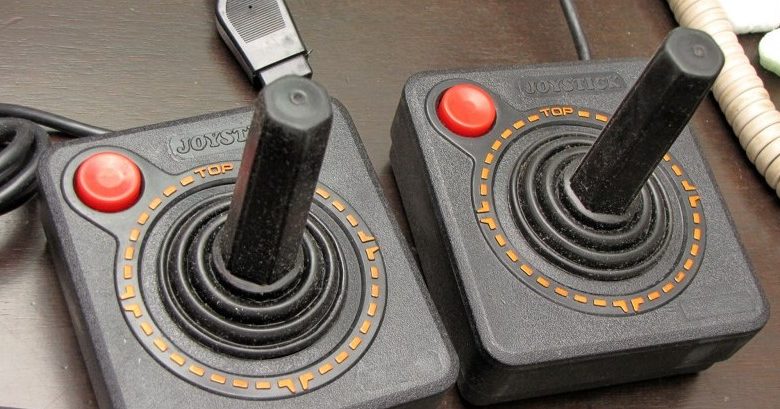
Believe it or not, I had some of my earliest gaming experiences ever on an Atari controller. Well.. sort of. When I was a child, well before I ever got my first real console, my parents got me the Atari Plug ‘n Play TV game by JAKKS Pacific.
Although it was far from the actual console, the design of the Plug ‘n Play directly resembled the original Atari 2600 controller. Complete with a joystick and one large button, I could play classic games like Pong and Adventure.
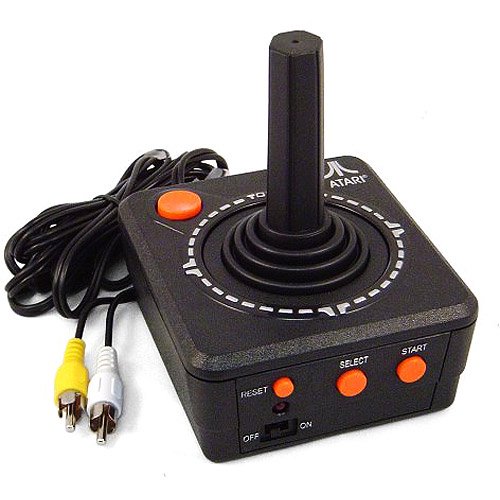
Over the years, I moved on from Atari’s simple controller design and played on many consoles with far more advanced button schemes. However, when my neighbors offered me an original Atari 2600, I jumped on the opportunity. After years of playing on Nintendo 64 and PlayStation 2, I was more than excited to return to gaming’s roots.
Returning to the games that got me started on their original console was not only nostalgic, but it really gave me a deeper appreciation for gaming’s evolution. Today, we have controllers with 15 buttons and two joysticks. And none of it would have been possible without the humble beginnings of the one-button and a joystick design of the Atari 2600 controller.
Humble Beginnings: Gaming’s Rise from Obscurity
The Atari 2600 shaped the future of gaming when it first released in 1977. Packaged with the game Combat, the Atari 2600 eventually grew its library to an expansive list of classic titles. As its popularity grew, the console paved the way for video games to enter pop culture.
Prior to the Atari 2600, video games were far from mainstream. In fact, many people dismissed gaming as a niche fad that would soon die out. Most videogames of the 1970s were relegated to computer programs. And while arcade machines slowly cropped up, they were still in their infancy stage.
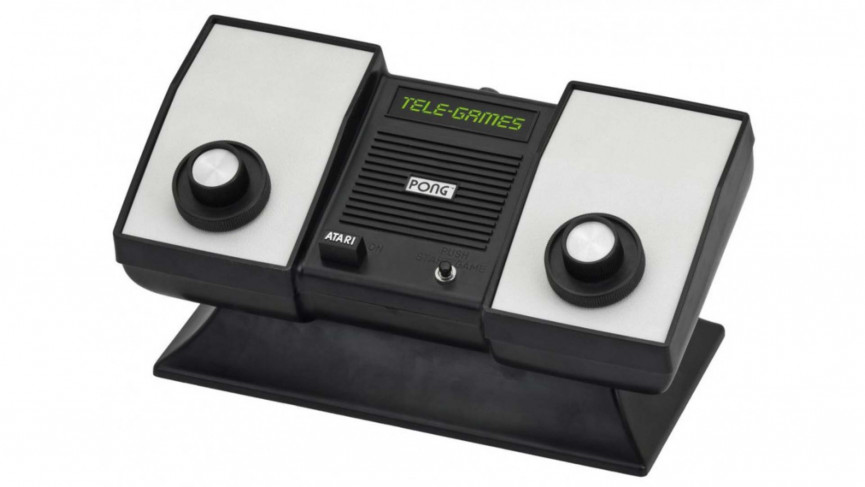
However, the success of Pong in 1972 sparked the humble beginnings of a new movement. Prior to the 2600, Atari released the Home Pong console in 1975. With paddle controllers attached to the console, this humble one-game system laid the foundations for what was to come.
When Atari finally came out with the groundbreaking 2600, the console came packed with two pairs of controllers. The first retained the paddle design from the Pong system. But the second pair became a visible icon for gaming’s evolution.
Minimalism at its finest
In previous controller retrospectives, such as for the Nintendo 64 and SEGA Genesis, a large portion of the text focused on their respective button layouts. However, the beautify of the Atari 2600 controller’s design lies in its simplicity. As the subheading says, the Atari 2600 controller represents minimalism at its finest.
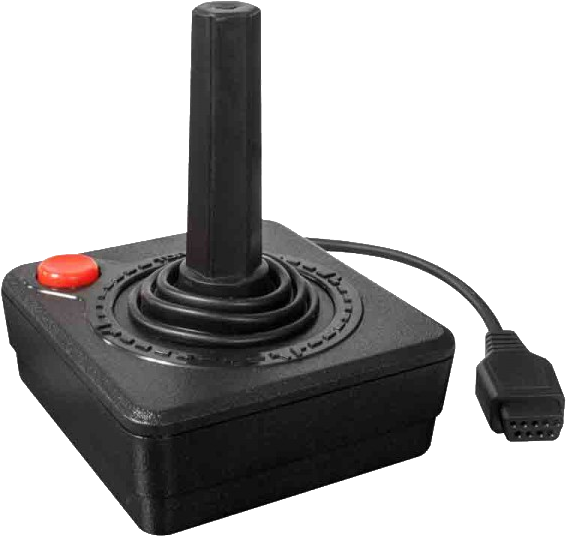
The classic design that remains a staple of gaming history didn’t quite have the bells and whistles of today’s controllers. What it did have, however, was a large protruding joystick and a big red button. And while the blocky design would never hold up to today’s standards, it was revolutionary for its time.
The original Atari 2600 consoles shipped with the classic CX10 joystick. A year later, however, the CX10 was replaced by the simpler and less expensive CX40. Although on the surface, the differences between the two models appear minor, the CX40 was more cost efficient. As a result, it became the go-to controller for Atari players throughout the console’s lifespan.
If you’ve never played Atari 2600 before, holding one of these controllers would definitely feel foreign. Your left hand rests along the bottom of the controller with your thumb over top of the button. And your right hand firmly grips the joystick.
Unfortunately, the design wasn’t nearly as intuitive for left-handed gamers. Logic would say you need to simply flip the controller and hand placement. However, the issue is that the wire that connects the controller makes repositioning awkward. There is a way, however, to modify the wiring to resolve this issue.
Variations of the Atari 2600 controller
The iconic CX40 joystick isn’t the only controller associated with the Atari 2600. As previously stated, each console also came packed with two paddle controllers (CX30-04). As opposed to a joystick, the paddle features a large dial wheel to control in-game movement.
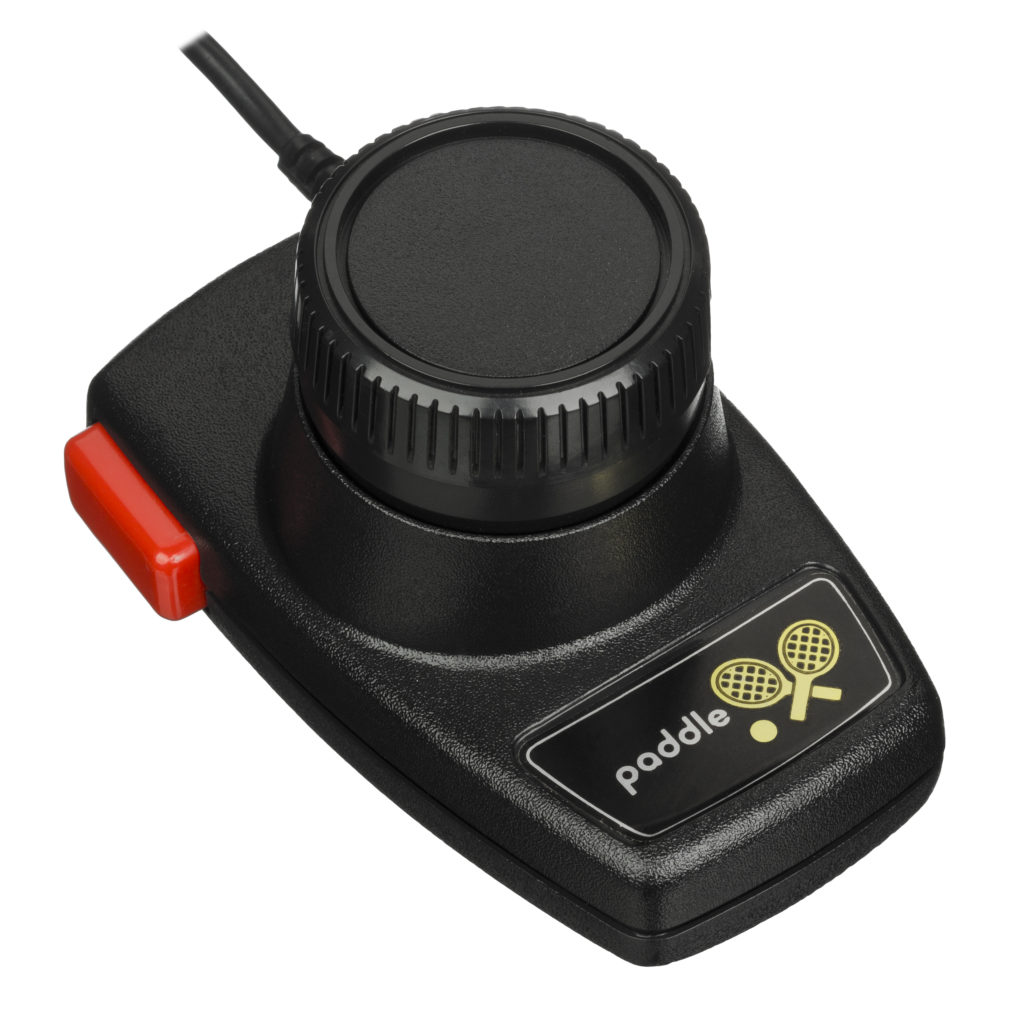
The wheel rotates through a fixed arc and allows players to control movement along one axis. Originally, Atari designed the paddle specifically for Pong. However, over the console’s lifespan, many other games, including Breakout would utilize it as well.
Later, Atari also came out with a modified version of the paddle known as the CX20-01. Better known as the driving controller, this model differed from the paddle in that players could infinitely rotate the wheel without hitting a stop. This function was crucial for overhead driving games like Indy 500, which featured the controller as a bundle.
Another input device the Atari 2600 used was the CX50 keyboard controller. As the name suggests, this controller operated like a computer keyboard. Although it’s lesser known compared to its more popular joystick and paddle counterparts, players did need to use the keyboard to player games like Star Raiders.
The versatility of the Atari 2600 controller
One amazing feature about the Atari 2600 is that the connectors between the controller and the console offer players unprecedented versatility. That’s because the 9-pin D-connector controller ports used by Atari became the industry standard. Other consoles, ranging from the Commodore 64 to the SEGA Genesis, used the exact same connectors.
As a result, players can take advantage of this design choice by using a wide range of controller-console setups. One possibility is to play Atari games with a SEGA Genesis controller. And another scenario could be playing Commodore 64 games on an Atari joystick. Thanks to the identical connector ports, there are a wealth of options to play with.
Outside of officially licensed controllers, the industry-standard connection ports also made it easy for third-party manufacturers to develop custom controllers. As opposed to listing the wide selection of compatible controllers myself, I encourage you to visit Atari Compendium. There, they have a detailed list of every Atari 2600-compatible controller they discovered.
Oh, what a joy!
Overall, you cannot understate the importance the Atari 2600 controller has to video game history. Although its simplistic design was a product of its time, it laid the building blocks that companies follow to this day. As game design in general improved and got more advanced, so to did the controllers. However, aspects of Atari’s CX10 and CX40 remain relevant even today.
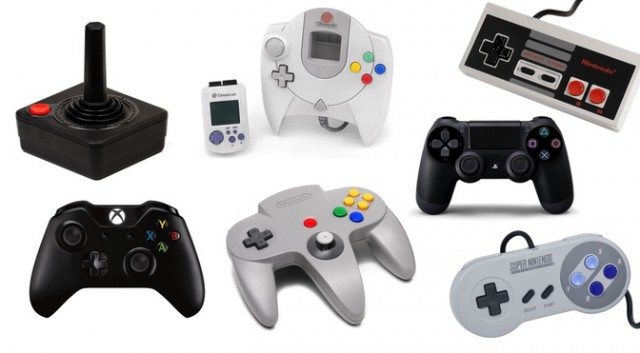
The joystick, especially, was a monumental achievement for gaming. The mechanics allowed players to move in four directions. It actually functioned more similarly to D-Pads, which became the norm for directional controls throughout gaming’s golden age. However, as gaming shifted from 2D to 3D in the mid ’90s, the joystick would return in a big way, albeit with analog functionality.
While modern controllers are far more complex than the Atari 2600’s offering, the basic concept still remains. When we simplify what goes into a modern controller, we’re ultimately still left with buttons and sticks. Therefore, whether we’re talking about an Xbox controller or PlayStation’s iconic DualShock, we can thank Atari.

